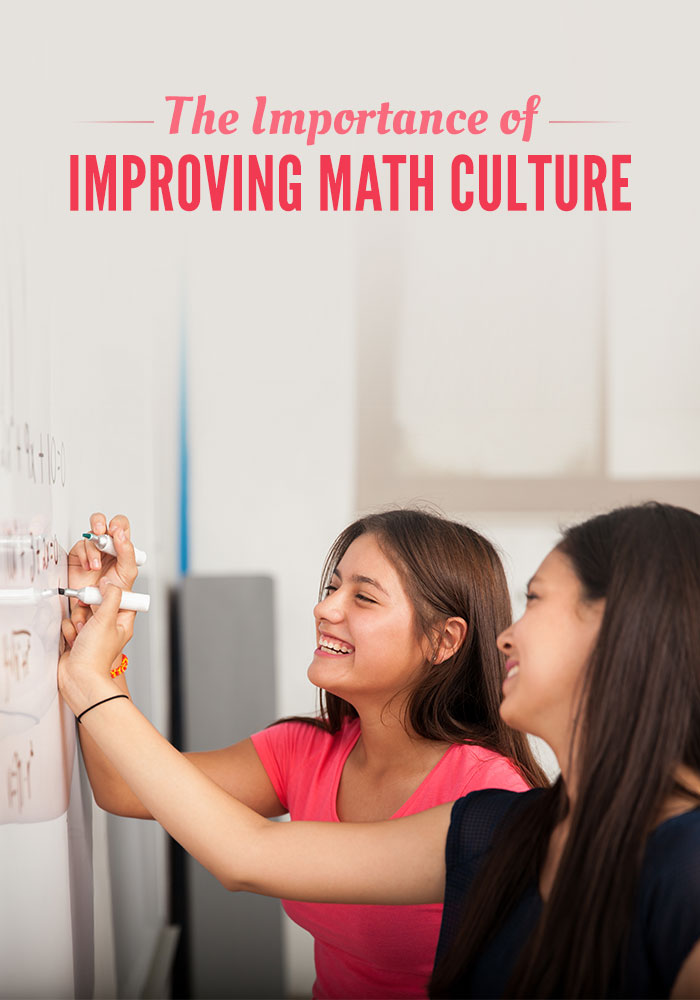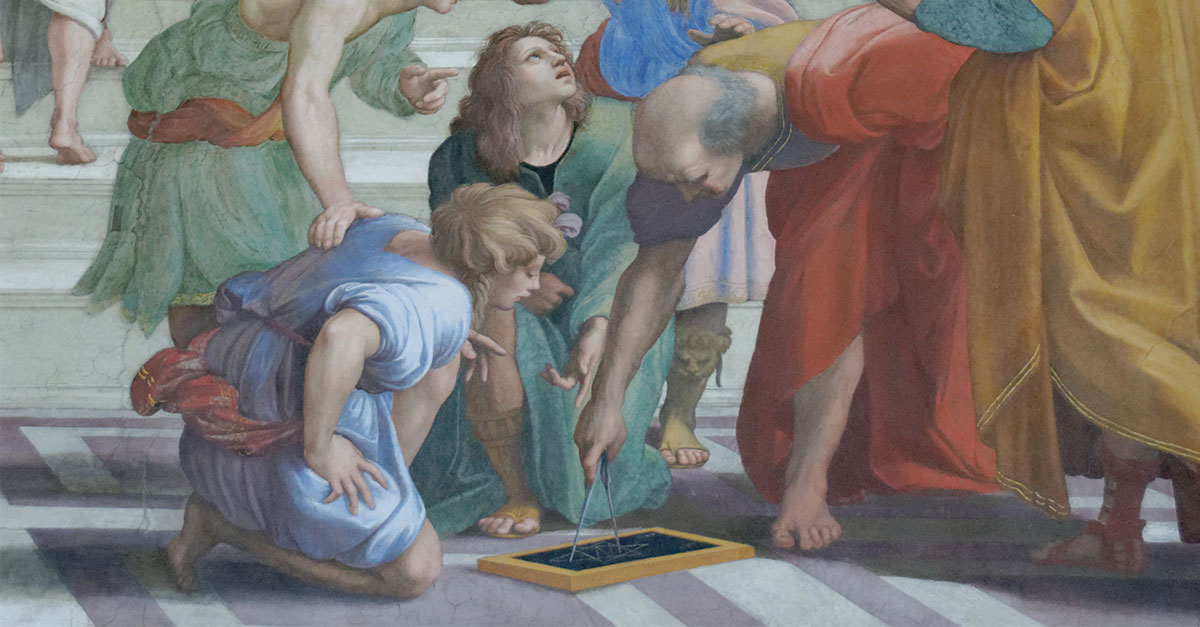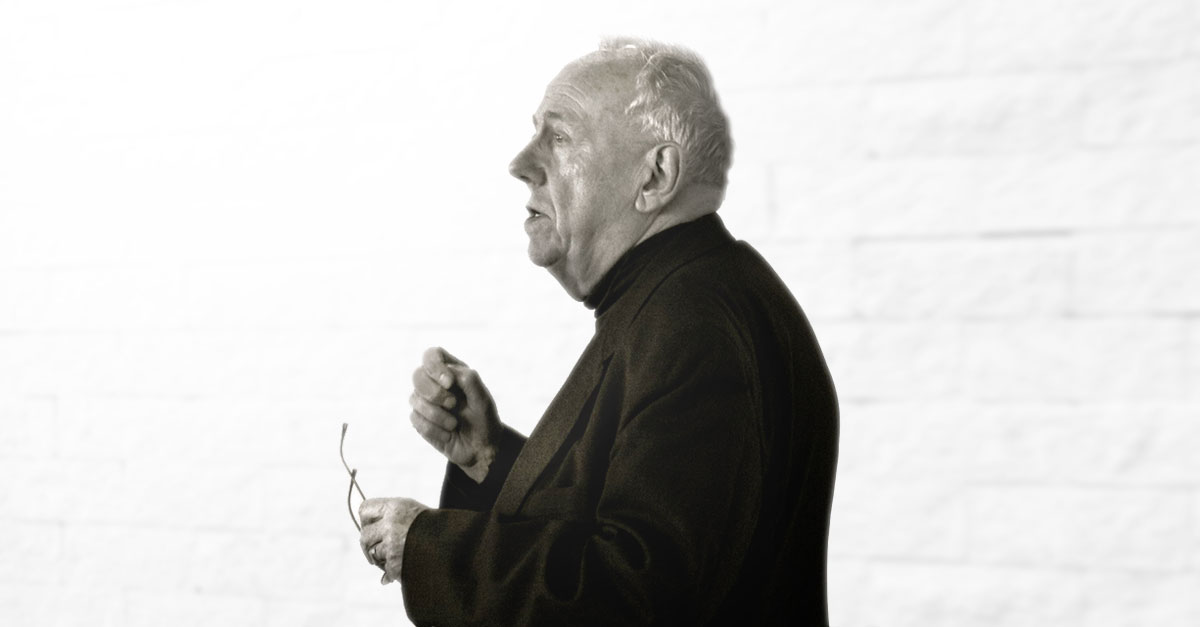
As human beings, our social selves are shaped by human culture. The language we speak, the monetary currency we use, the movies we watch; the examples of human culture are endless. Education is also a cultural phenomenon, and that includes math education.
But often the tradition of mathematics is taught as though it exists outside of human history and human culture. A recent initiative in math education (Culturally Responsive Mathematics Teaching) seeks to situate math culture in a deeper, more embedded context. In his whitepaper Knowing and Valuing Every Learner: Culturally Responsive Mathematics Teaching, Mark Ellis, Ph.D. writes:
The idea of culturally responsive mathematics teaching (CRMT) is premised on creating a learning environment focused on mathematical sense making in which each student feels valued for who they are, for their ways of engaging in mathematical reasoning, and for their contributions to the collective success of those within the classroom community.
Moreover, CRMT endeavors to create “a community of mathematics learners who value collaboration and see mathematics as a way of reasoning with and about quantities.” Ellis explains that it is about “inviting all students into mathematics as competent participants whose ways of thinking and reasoning are worth sharing, discussing, and refining.” Finally, this approach is about “ensuring each and every learner not only has success with mathematics but also comes to see mathematics as part of their identity and as a tool for examining their world through a quantitative lens.”
This portion of the white-paper reminded me of an education dialogue with the philosopher Alasdair MacIntyre. In that dialogue, MacIntyre writes:
The teacher should think of her or himself as a mathematician, a reader of poetry, an historian or whatever, engaged in communicating craft and knowledge to apprentices.
For MacIntyre, math culture is about inviting students to see themselves as already participating in the “real thing.” He explains that in a quality education setting:
Students already become practitioners of arts, sciences and games, participants in such activities as reading novels and poetry with both discrimination and intensity, devising new experiments in which their mathematical skills can be put to use, drawing and painting and making music to some purpose.
Seeing our students as budding mathematicians who, even at their earliest ages, are participants in the grand tradition of mathematics requires recognizing that our students need to be active in their own learning. Ellis explains in the whitepaper that “students bring with them ways of thinking and reasoning with and about quantities and quantitative contexts—as well as ways of interacting and communicating—that serve as a foundation upon which to build their understanding of mathematics.” We agree wholeheartedly, and believe that a turn to classical sources in mathematicians (especially Euclid and Plato) help to keep this truth front and center.
To help us as educators to recognize and cultivate the preexisting mathematical reasoning in our students, Ellis gives us some helpful questions to ask ourselves:
• What are the “big ideas” of mathematics my students will learn this unit or year?
• What prior mathematical knowledge will my students need to make sense of these big ideas?
• Am I giving students sufficient time and resources to develop their own mathematical thinking?
• How will I communicate that their thinking is what matters, not just their answers? What language will I use?
• How am I ensuring students are making sense of the concepts and learning with coherence?
• Am I using Instructional routines that encourage both individual think time and partner/whole class discourse?
Nevertheless, though it is important to recognize the mathematical reasoning our students bring to the table, Ellis notes:
Equally important is that teachers allow students to engage with multiple representations of mathematical concepts and relationships, comparing and contrasting these as a means to deepen understanding.
As an example of what this looks like practice, Ellis highlights a teacher who “required students to explore four representations of decimals (verbal, numerical, base-ten blocks, and coins), looking for and explaining connections among them.”
[The recognition that students need to learn multiple modes of representation informs our pedagogical approach and is why we encourage students to “Build, Write, Say, and Teach.”]
Ellis also stresses that:
While understanding mathematical concepts and relationships well enough to demonstrate proficiency with state-mandated assessments is important, it is even more critical for students to learn to use mathematics as a tool for investigating and critiquing issues within their communities.
Similarly to that earlier quote from MacIntyre, Ellis writes that “too often ‘school mathematics’ becomes compartmentalized and seen as something relevant only for an assessment or grade.” This reminds me of an insight from Joseph Aoun, the president of Northwestern University, from his book Robot-Proof: Higher Education in The Age of Intelligence. Aoun warns that without an integrated and conceptual education, students “may find themselves overly dependent on familiar contexts and inflexible to new applications. They also make lack a deep understanding of their domain, knowing the what but not the why. This blinds them from seeing how their knowledge could be utilized in a different setting.” Thus, for Aoun, the goal is to teach conceptual mastery, the “why” of education, not just the how, because doing so will allow students to “take the components they have integrated and apply them to complex, living contexts.”
Ultimately, Ellis’ paper serves to remind us that our goal as educators is to empower our students to “see mathematics as a tool for analyzing the world in which they live.” And he notes that teaching math in alignment with this goal will also “strengthen students’ interest and engagement in mathematics.” In the final portion of the interview with MacIntyre, he similarly reflects: “the test of the curriculum is what our children become, not only in the workplace but in being able to think about themselves and their society imaginatively and constructively, able to use the resources provided by the past in order to envisage and implement new possibilities.”





Leave a Reply